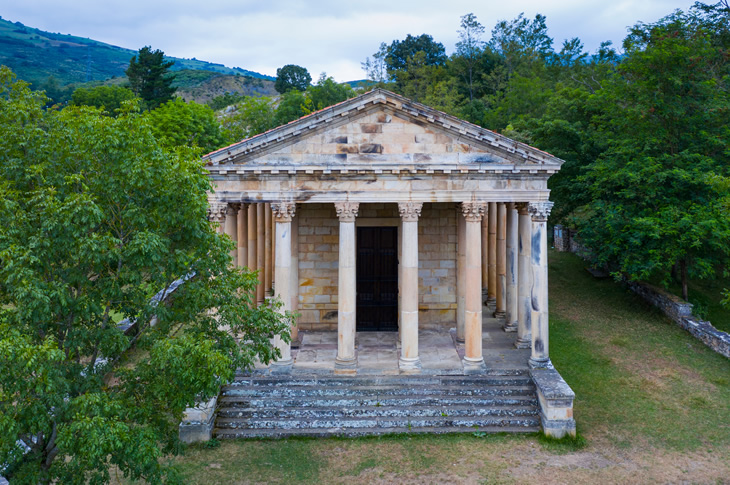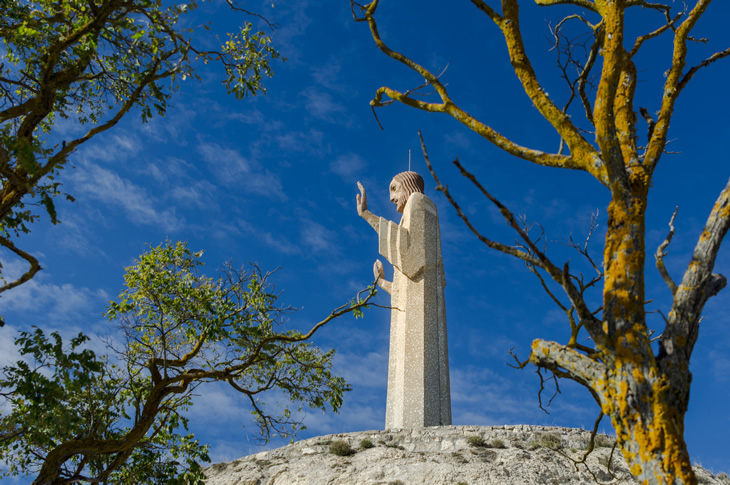Explore Spain through its very own “Wonders of the Ancient World”
Heritage experiences and monuments redefining Spain’s tourism appeal
Spain boasts a remarkable collection of monuments that, thanks to their symbolism, historical significance, and architectural uniqueness, echo the legendary Seven Wonders of the Ancient World. From terraced hanging gardens to functioning Roman lighthouses and colossal statues, these sites scattered across Spain demonstrate the important role classical heritage still plays today within the tourism landscape, offering cultural experiences deeply connected to their surroundings and the monumental stories of some impressive destinations. Here are five standout suggestions from Escapadarural.com: Cuenca Gardens (Ronda, Málaga). Designed in the 20th century by Jean Claude Nicolas Forestier, these gardens form part of the Palacio del Rey Moro Castle, which harmoniously blends Islamic and Renaissance architectural elements. These terraced gardens, seamlessly integrated into the landscape, bring to mind the Hanging Gardens of Babylon with their thoughtful aesthetic design and adaptation to the rugged terrain. Church of San Jorge (Cantabria). Featuring 40 Corinthian columns and Romanesque architecture, this 19th-century church is a religious monument of great historical significance, reminiscent of the Temple of Artemis in Ephesus with its monumental and symbolic presence. Popularly known as The Parthenon, it can be found in the village of Las Fraguas (Arenas de Iguña).

Tower of Hercules (A Coruña). With its maritime role guiding sailors and great longevity, this Roman lighthouse, built in the 1st century CE and still in operation today, can be compared to the Lighthouse of Alexandria. It stands at a height of 180 feet today, divided into three distinct levels. Since 2009, it has been listed as a World Heritage Site and is the oldest Roman lighthouse in the world—and the only one still in active service. Cristo del Otero (Palencia). Standing at just under 100 feet tall and sculpted in 1931 by Victorio Macho, this statue’s monumental scale recalls the Colossus of Rhodes and has been recognized as one of the tallest sculptures of Jesus Christ in Europe. Though it’s not located on the coast, its imposing size evokes this wonder of the ancient world.

Tower of the Scipios (Tarragona). This Roman funerary monument from the 1st century CE draws certain parallels to the Mausoleum at Halicarnassus in terms of its commemorative purpose. This tower-shaped monument features three diminishing tiers stacked one on top of the another, made with rectangular ashlar blocks.

